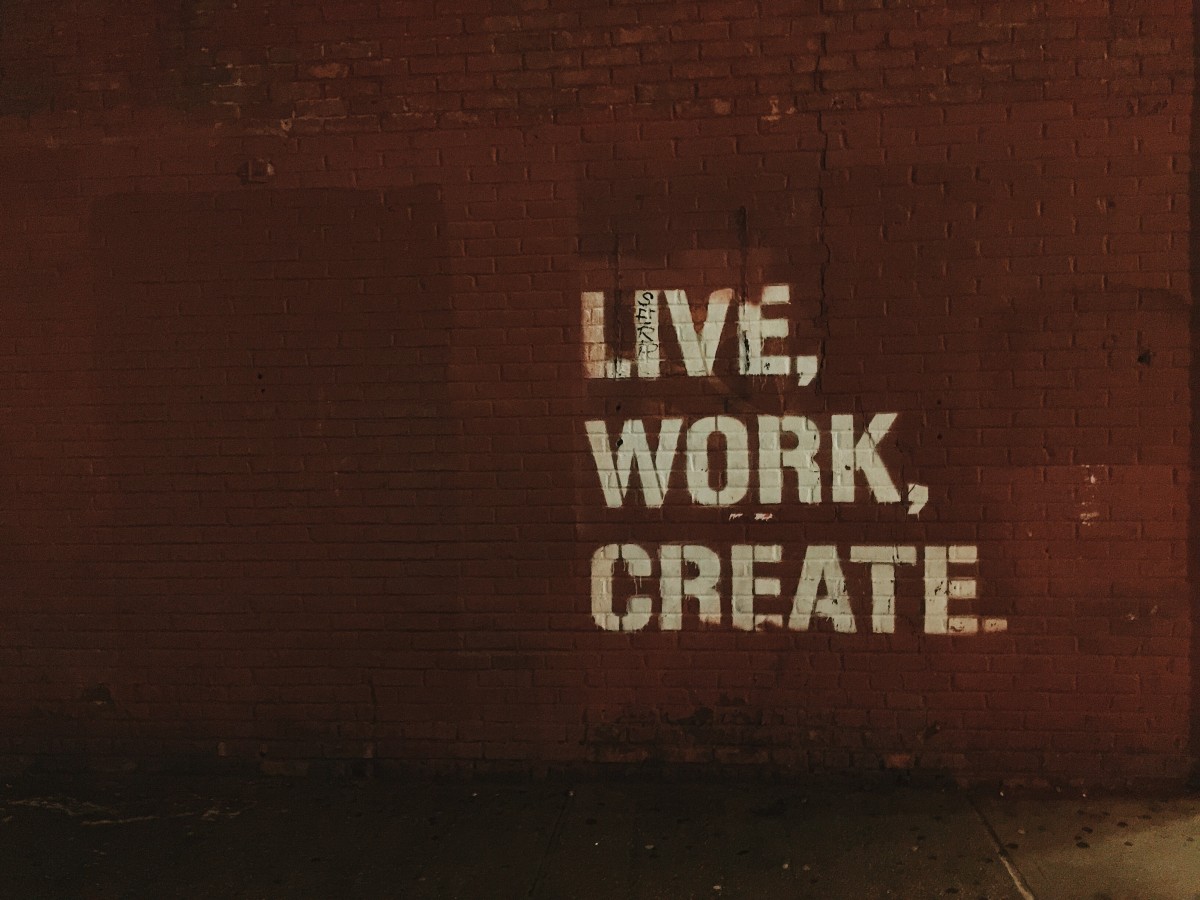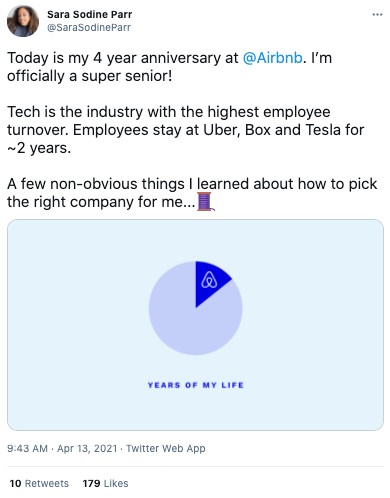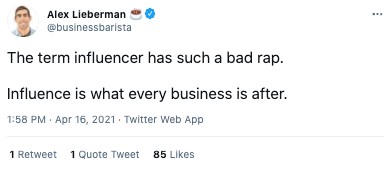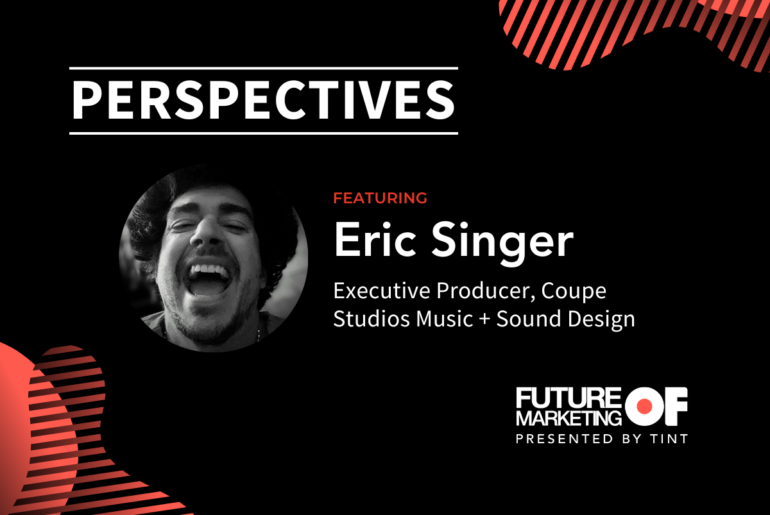What if you had access to influencers who could increase engagement and conversions for your brand?
Better yet—what if these influencers knew just as much about your business as you? Instead of paid posts marked with #ad, this content would be authentic, genuine content created by the people closest to your brand.
Would that help grow your audience, subscribers, and customers?
Employee advocacy is increasing as new consumer behaviors and the rising creator economy add pressure to brands. These brands are successfully turning to employees for feedback and content production.
And it’s playing a huge role in the future of work.
What is Employee-Generated Content?
Employee-generated content (EGC) is a photo, video, or post created by an employee about the company they work for. It could be a Zoom selfie with your staff, an appreciation post on LinkedIn about how much they like their job, or a tweet starting with “Some personal news…” and talking about their new position at a company.
Think of EGC as a form of internal influencer marketing. It’s the content that doesn’t come with #sponsored in the caption and garners more engagement and conversions than brand shared content. Brand messages are re-shared up to 24 times more when distributed by your employees instead of a brand.
Employee social profiles can get up to 10x more followers than a brand’s corporate account and 8 times more engagement. And it all comes from the people who know your business best.
Your employees.
With EGC, employees can grow their personal brands that revolve around your business. Just like planets orbit around the sun, employee personal brands move with your company. As your company adds new products and offers, your employees promote it. If you need to hire more employees, EGC talks about how great it is to work at your company. Employee advocacy is playing a big role in helping consumers trust and build relationships with brands.
Employee-generated content can:
- Increase conversions
- Establish credibility
- Build personal brands
- Access a larger network of customers
- And more (the creativity is endless!)
Employee-generated content is helping brands get more engagement, subscriptions, and conversions—here’s why.
The Psychology Behind Employee-Generated Content and Internal Influencers
Thirty-three percent (33%) of employees are already posting messages, pictures, or videos about their employer without any encouragement from their company. Companies without employee advocacy programs aren’t able to focus that energy and end up losing out on increasing their participation by fifty percent (50%).
If employees are already creating content and consumers show more sentiment towards people versus brands—the data points towards strategically positioning employees as influencers. We use “strategic” here lightly, as the real strategy is to have happy employees who proudly talk about their employment. With happy employees come happy customers, just as we saw Zappos’ monumental success (acquired by Amazon in 2009 for $880 million).
Zappos was able to create a company culture that radiated to its customers. “Over time, as we focused more and more on our culture, we ultimately came to the realization that a company’s culture and a company’s brand are really just two sides of the same coin. The brand is a lagging indicator of a company’s culture,” CEO Tony Hsieh writes in his book, Delivering Happiness.
Sara Sodine Parr practices employee advocacy in her tweet thread about her “super senior” status at Airbnb.
If people are more likely to engage with content posted by an employee/creator versus the brand, employees should be encouraged to build their personal brand. The brand can re-share relevant content and brand mentions to save time and content production costs (and increase conversions).
How do you get employees to create their own content?
How To Turn Employees Into Advocates
If employees aren’t creating their own content, it doesn’t mean they don’t want to. Most employees recognize the importance of building a personal brand and are interested in improving their online presence. There’s a bigger chance they don’t know what they’re allowed to create, and to avoid making a mistake that could get them reprimanded (or even fired), they’re not taking the risk in hitting publish.
Employee advocacy can be seen as a marketing strategy of its own, which means it requires its own strategy. Unlike influencer marketing that requires asking external parties to promote your products, employee advocacy brings that request inward.
Here’s how you can get your employees to advocate for your brand (happily!).
Explain What’s In It For Them
Saying, “this will be great for our brand!” isn’t the best way to sell your employee advocacy program. Your employees love your brand, but that doesn’t mean they’re willing to spend more time working in the name of something that’s great for you. Employee advocacy *is* great for your brand, but it’s also great for their brand.
When you talk to employees about creating employee-generated content, explain how it will help them become thought leaders and experts for their roles. A customer service representative that talks about how to deal with tough customers on LinkedIn can show their expertise in having difficult customer conversations. A social media manager who writes tweet threads about their strategy garners an audience of marketers. A software developer who explains how a newly announced product came gives a look inside their engineering capabilities.
As these employees build their audiences, they’re creating an online resume that shows how great they are at what they do leading to more opportunities in the future.
Leadership
If leadership isn’t bought into advocacy, then how can you expect employees to sign on? Organization leaders drive participation with meaningful content from managers at all levels. This could be the person with the longest tenure in their role or a new staff member who is excited to contribute. Find someone to be your champion in every department and on every team. Show your appreciation for them and give them the tools to rally their co-workers.
Morning Brew showcases advocacy from the top down with their founders consistently creating examples of EGC for their employees to get inspiration from:
With leadership showing employees what type of content to create, getting buy-in will have less friction.
Show Them How Their Content Is Helping
In Shane Parrish’s The Great Mental Models, he explains the importance of closely connecting the results actions generate. “Organizations over a certain size often remove us from the direct consequences of our decisions.” Showing how employee-generated content is creating a positive impact and highlighting employees’ contributions to your brands is a huge part of a successful employee advocacy program.
Take time in your all-hands meetings or internal communications to highlight employees who have shared EGC recently. This is an ideal opportunity to showcase the EGC you’re specifically looking for. Your employee advocacy program shouldn’t run in the background with the *hope* that it will be successful. Creating the same systems that help your other marketing strategies find success is necessary for the brands serious about using their employee’s voices to advocate. Maximize value and identify the staff who are your micro-influencers.
Employee-generated content gets 24 times more shares than branded content, eight times more engagement, and can generate $1,900,000 in advertising value (with 1,000 employee advocates).
Subscribe to Future of Marketing for more marketing strategies and weekly insights.







